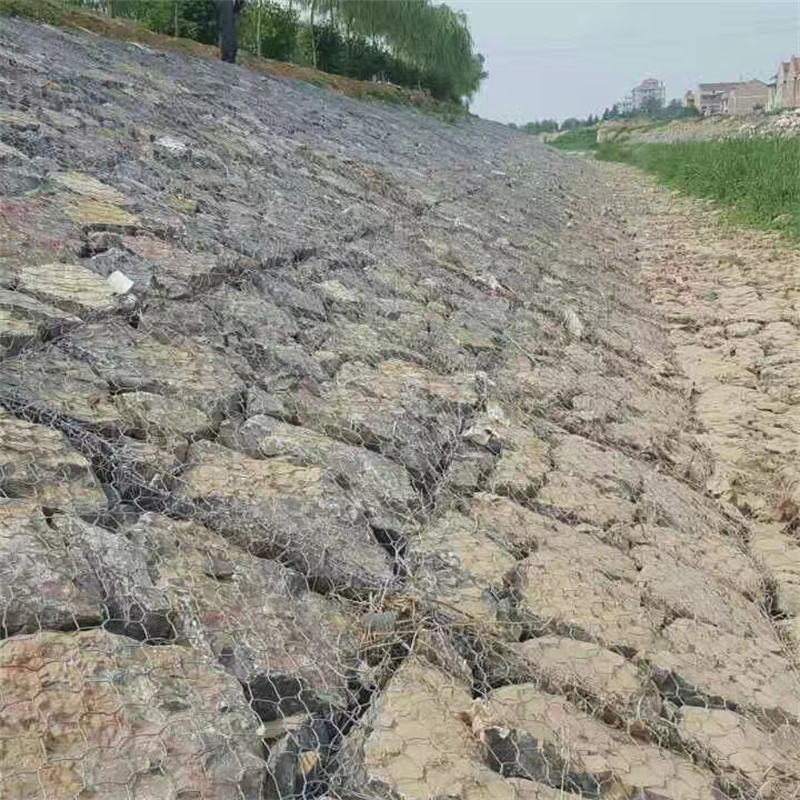नोव्हेंबर . 24, 2024 21:54 Back to list
gabion retaining wall construction factory
Gabion Retaining Wall Construction An Innovative Solution for Stabilization
Gabion retaining walls have emerged as a popular choice in civil engineering and landscape architecture due to their unique combination of strength, durability, and aesthetic appeal. Constructed using wire mesh containers filled with natural stones or other materials, gabion walls provide a practical solution for a variety of engineering challenges, including soil erosion, slope stabilization, and flood management. This article explores the significance of gabion retaining wall construction in modern infrastructure, detailing the manufacturing process and its applications.
Understanding Gabion Retaining Walls
Gabion walls consist of stacked wire mesh baskets that are filled with stones. The term “gabion” comes from an Italian word meaning “big cage,” which aptly describes the structure’s design. The flexibility of the wire mesh allows the wall to accommodate shifts in the surrounding soil without cracking, which is a common limitation of traditional concrete walls. Additionally, the use of natural stones as fill material ensures that these walls blend seamlessly with the natural environment, making them particularly appealing for landscaping purposes.
Benefits of Gabion Retaining Walls
1. Environmental Harmony Gabion walls are an eco-friendly option, as they can be filled with locally sourced materials, reducing the carbon footprint associated with transportation. The porous nature of the walls also promotes proper drainage, mitigating water buildup and reducing the risk of erosion.
2. Cost-Effectiveness Compared to conventional retaining walls made from concrete or bricks, gabion walls are often more economical. The materials required can be sourced inexpensively, and the construction process is straightforward, which can significantly reduce labor costs.
3. Versatility and Aesthetics Gabions can be used in various applications, from residential landscaping projects to large-scale civil engineering endeavors. They can be designed to fit a wide range of styles, allowing for creative landscaping designs that enhance the beauty of the environment while serving a functional purpose.
4. Durability and Maintenance Gabion walls are robust and can withstand harsh weather conditions. Unlike wooden structures that may rot or deteriorate over time, gabion walls require minimal maintenance. Periodic checks to ensure the integrity of the wire mesh and filling materials are generally all that is needed to maintain functionality.
gabion retaining wall construction factory

Construction Process
Constructing a gabion retaining wall involves several key steps, each crucial to ensuring the wall's stability and longevity.
1. Site Assessment The first step involves evaluating the site to determine the appropriate height, length, and overall design of the wall. Factors such as soil type, water drainage, and existing vegetation are taken into consideration.
2. Preparation of the Foundation A solid foundation is essential for any retaining wall. This typically involves clearing the area and leveling the ground to provide a stable base for the gabion structure.
3. Manufacturing and Sourcing Materials The wire mesh baskets can be purchased from specialized manufacturers or constructed on-site. The choice of filling material—ranging from granite and limestone to recycled concrete—depends on the project's requirements and aesthetics.
4. Assembly The wire mesh baskets are filled with stones and stacked to create the wall. Each layer is typically reinforced with additional wire to ensure stability. The process may vary slightly depending on design specifics and anticipated load.
5. Final Touches After the construction is complete, the gabion wall can be further enhanced with vegetation, decorative stones, or other landscaping elements to create a visually appealing feature in the landscape.
Conclusion
In summary, gabion retaining walls represent a modern approach to addressing various engineering challenges. Their successful construction relies on careful planning, quality materials, and expertise. As we continue to face environmental challenges such as erosion and flooding, the adoption of innovative solutions like gabion walls will be crucial in building resilient infrastructures while enhancing the natural landscape. Whether for functional or aesthetic purposes, gabion retaining walls offer a sustainable and attractive solution for many construction projects.
-
Versatility of Chain Link Fence Gabion
NewsMay.13,2025
-
Trusted Gabion Box Suppliers
NewsMay.13,2025
-
PVC Coated Gabion for Long-Lasting Structural Integrity
NewsMay.13,2025
-
Garden Gabion for Stylish
NewsMay.13,2025
-
Galvanized Gabion for Durable Outdoor Structures
NewsMay.13,2025
-
Gabion Box Factory
NewsMay.13,2025
-
Gabion Basket Wire Gauge and Mesh
NewsMay.13,2025






